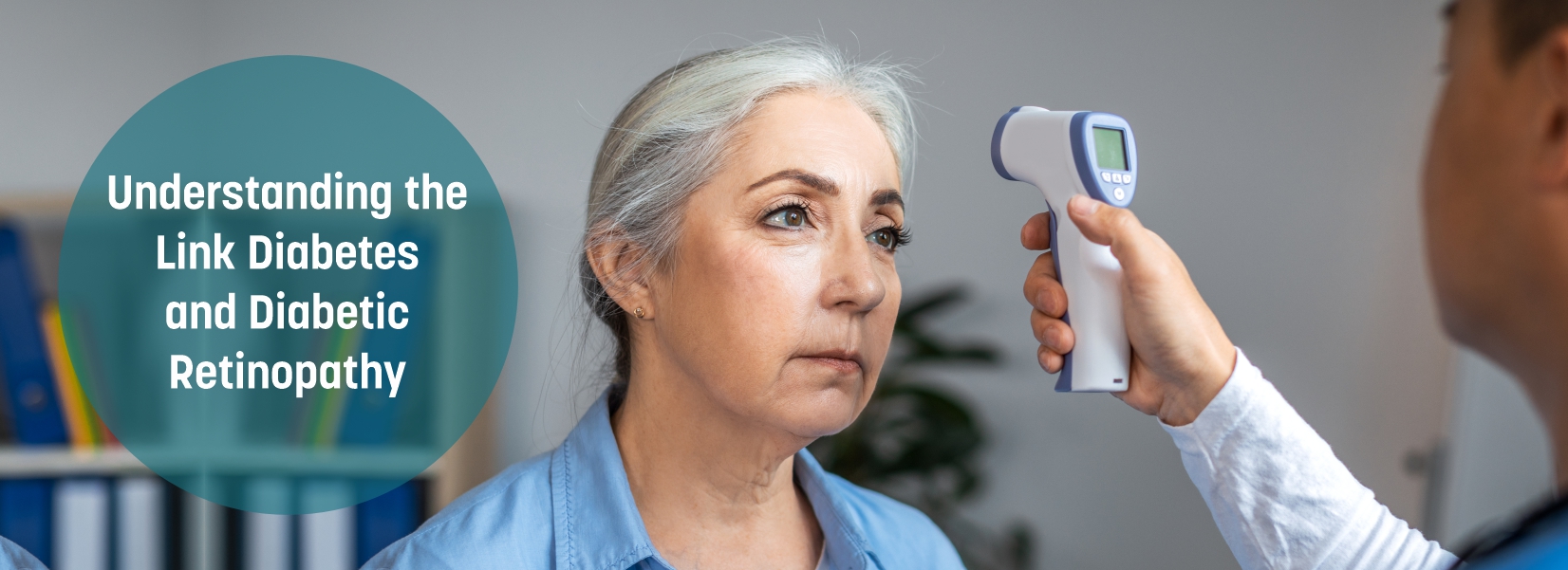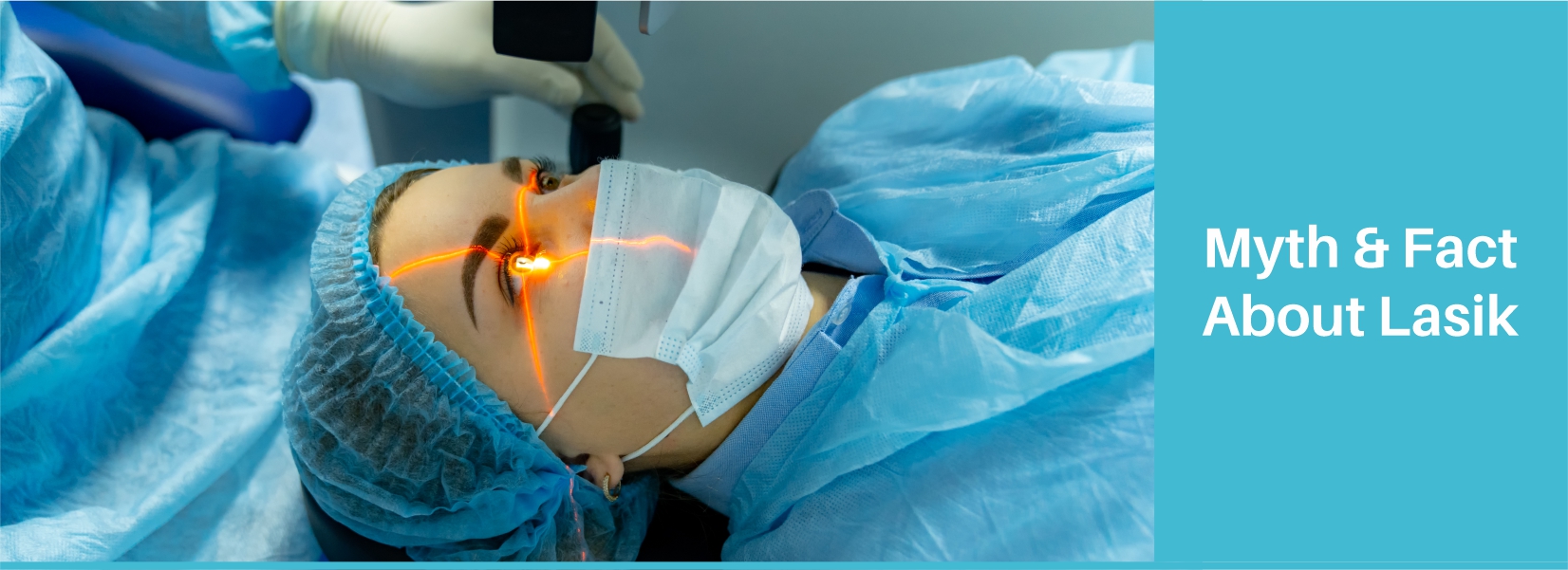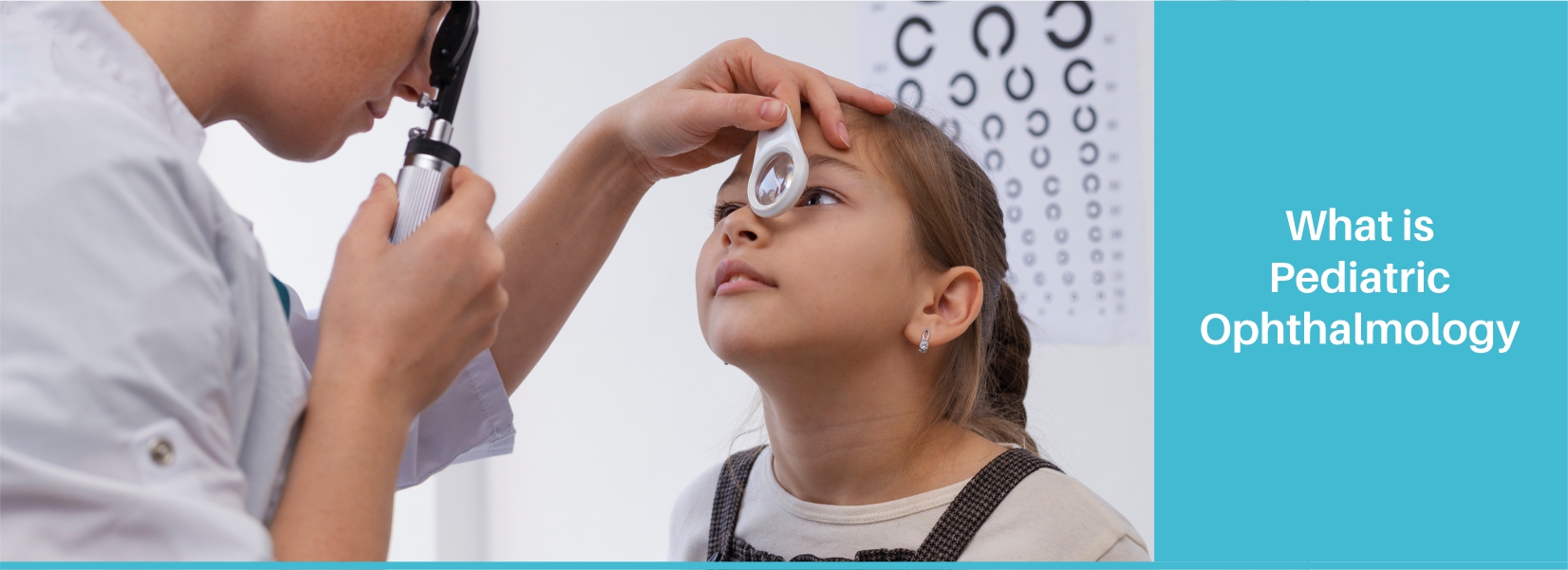Allergies vs. Infections: Understanding the Difference in Red Eye Symptoms

Red eye symptoms are a common issue that can arise from various conditions. These symptoms, which include redness, irritation, and discomfort, can significantly impact daily life. While red eyes are often dismissed as minor, understanding their root cause—whether allergies or infections—is vital for effective treatment and prevention.
What are Red Eye Symptoms?
Red eye symptoms occur when the blood vessels in the eyes become irritated or swollen. This can be due to numerous triggers, including environmental irritants, allergies, or infections. People experiencing red eyes might also notice:
- Itchiness or burning sensations
- Swelling around the eyes
- Sensitivity to light
- Watery or sticky discharge
The causes can be broadly classified into two categories: allergies causing red eyes and red eye infection causes. Differentiating between the two is essential for determining the appropriate care and treatment.
Allergies Causing Red Eyes
One of the leading culprits behind red eye symptoms is allergies. Allergens like pollen, dust, pet dander, or mold trigger an immune response, releasing histamines that lead to inflammation and irritation. Allergic red eye symptoms typically include:
- Persistent redness in both eyes
- Severe itchiness and watery discharge
- Swelling of the eyelids or under-eye area
Unlike infections, allergies are not contagious. They often appear seasonally or after exposure to specific irritants. To manage allergies causing red eyes, over-the-counter antihistamines, cool compresses, and artificial tears can offer quick relief. Long-term solutions involve identifying and avoiding triggers or consulting an allergist for preventive care.
Red Eye Infection Causes
Infections are another significant cause of red eye symptoms. Conjunctivitis, commonly known as pink eye, is one of the most frequent infections. It can be bacterial, viral, or fungal. Red eye infections are often characterized by:
- Redness in one or both eyes
- A thick discharge, often yellow or green in color, commonly associated with bacterial infections.
- Watery discharge in viral infections
- Pain or discomfort, especially when blinking
- Blurred vision and sensitivity to light
Unlike allergies, infections can be contagious, particularly viral and bacterial conjunctivitis. They spread through direct contact, shared items, or improper hygiene. Prompt treatment is crucial to prevent complications. While bacterial infections often respond to antibiotics, viral infections generally resolve on their own within 7-10 days.
How to Treat Red Eyes
Effective treatment begins with identifying the cause of the symptoms:
- For allergies: Antihistamine eye drops, cool compresses, and avoiding allergen exposure can ease symptoms. Over-the-counter solutions like artificial tears can flush out irritants and soothe the eyes.
- For infections: Seek medical advice for appropriate antibiotics or antiviral medications if needed. Avoid touching or rubbing your eyes to prevent worsening the condition or spreading it to others.
Proper care for red eyes can significantly reduce discomfort and improve recovery. In severe cases, consulting a healthcare professional is essential for personalized treatment plans.
Eye Infection Symptoms: A Closer Look
While red eye symptoms due to allergies are usually mild, infections may escalate quickly. Common symptoms of eye infections include:
- A gritty sensation or feeling like something is stuck in the eye
- Pain or discomfort while blinking or moving the eyes
- Increased sensitivity to bright lights
- Vision disturbances, such as cloudiness or blurriness
Knowing these symptoms can help you identify infections early and seek timely care, minimizing the risk of complications.
Prevention Tips for Red Eye Symptoms
Taking proactive steps can prevent red eye symptoms from allergies or infections. Here are some effective tips:
- Practice Good Hygiene: Wash your hands frequently and avoid touching your eyes unnecessarily.
- Protect your eyes: Use sunglasses or goggles in dusty or windy environments.
- Manage allergens: Keep windows closed during high pollen seasons and regularly clean your living space to reduce dust and mold.
- Avoid sharing personal items: Sharing makeup, towels, or eye drops can increase the risk of infections.
When to Seek Professional Help
Mild red eye symptoms often resolve with home care, but certain signs warrant immediate medical attention. Seek advice from an eye care professional if you notice:
- Severe pain or discomfort
- Vision changes or loss
- Symptoms persisting for more than a week
- Discharge those crusts over or is excessive
Conclusion
Red eye symptoms, whether due to allergies or infections, can interfere with your daily activities and comfort. By understanding the difference between allergies causing red eyes and red eye infection causes, you can take the appropriate steps for treatment and prevention. Whether it’s using antihistamines for allergies or seeking antibiotics for infections, addressing the root cause is key to effective relief. Remember to prioritize hygiene, monitor symptoms, and consult a specialist if needed to ensure the health of your eyes.
Contact Information
For more details or any inquiries, please call +91 77780 57500 or email us at info@tejeyecenter.com Tej Eye Care team is here to assist you with all your eye care questions and support you on your journey to better vision.






